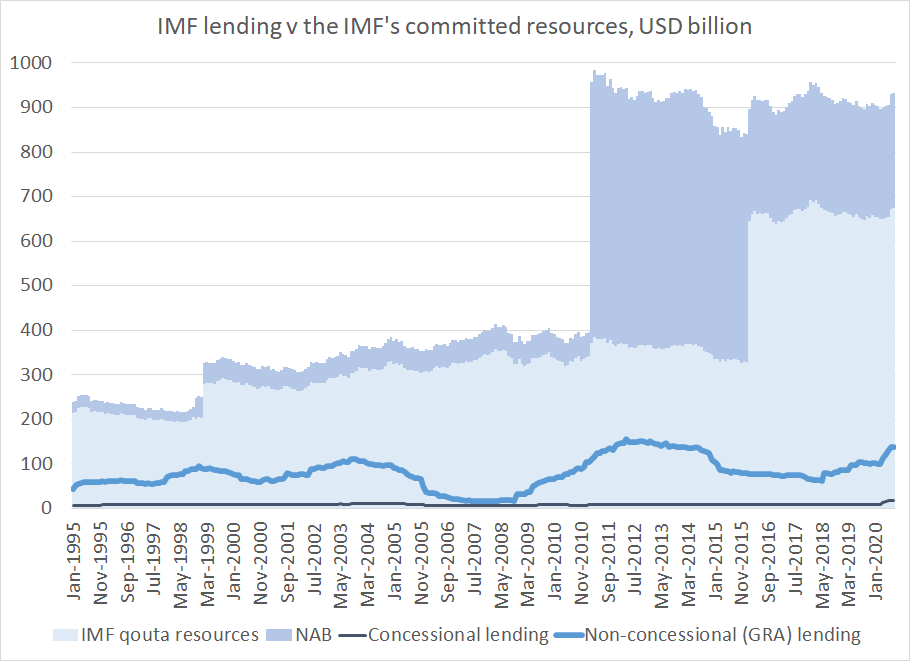
Well, I certainly didn't see the surge in China's September imports coming (oil is down y/y).
Imports jumped over $25b v August, and were up more than 10% y/y
Exports stayed strong --
reuters.com/article/china-…
Imports jumped over $25b v August, and were up more than 10% y/y
Exports stayed strong --
reuters.com/article/china-…

Big rise in imports pulled the overall surplus down -- annualized monthly surplus in the $450b range, well below the highs of July and August (tho still large)
q3 current account surplus now likely to be in line with q2, not above.
q3 current account surplus now likely to be in line with q2, not above.

Increase in imports on first glance looks fairly broad based -- imports from the US are up, but so are imports from the EU 

Exports to the US stayed strong (in the Chinese data), tho just under all time highs set back in 2018. 

Imports from Taiwan were also strong (so not an oil/ commodity story). Taiwan doing better than Korea for some reason
(chart here is a trailing 12m sum, apologies -- but trend was maintained)
(chart here is a trailing 12m sum, apologies -- but trend was maintained)

In the Chinese data (which no longer maps to the US data in the way it has in the past), China's trade surplus with the US is heading back up again (even with the increase in imports) 

Here are the monthly numbers for trade with the US, plotted against the 2019 levels using the Chinese data.
September is the first month with a clear y/y rise in China's imports from the US. Exports in the Chinese data have been up y/y for the last 3ms
September is the first month with a clear y/y rise in China's imports from the US. Exports in the Chinese data have been up y/y for the last 3ms

and in the Chinese data (which again doesn't map to the US data perfect), exports to the US over the last 3ms are right at their 2018 peak (technically just below, at $132.5 v $132.6 in 2018) 

That's all from me tonight -- will be curious what the bank analysts find in the import data that explains the big rise.
Ok not quite all -- metals (iron, copper) seem to be bigger drives of the Sept jump than oil. but the main story is in various electrical and mechanical components, including chips 

Sept import are usually higher than August or October tho they weren't last year so trade war timing issues may be playing a part in the y/y change. but no getting around a bigger than usual jump v August
• • •
Missing some Tweet in this thread? You can try to
force a refresh











